
Believe it or not, every day holds an opportunity to market yourself. If you own a small business, you may or may not be taking advantage of the following lesser-known marketing tactics:
- You send emails every day right? Have you been making your email signature work for you? (Do you even have an email signature?) It boosts your credibility and allows other people methods of getting in touch with you that they can in turn share with others. Every time your email is replied to or forwarded, that email signature is always going to be staring at them in the face. Make sure you include a catchy tag line- put out a call-to-action, a news item about your company or a particularly funny testimonial.
- I bet you’re on other forms of social media, too. Maybe you have a business account that you manage, but have you considered leveraging your own personal media to advertise your business? Include links to your website and/or other business accounts where possible. Flush out your social media profiles so people have a better idea of what you do for a living. Even better, apps like Facebook are now allowing people to link their personal profiles to their business pages by listing themselves as a team member.
- Many will disagree with me that in this paperless age that business cards have become a thing of the past. I say your business card is like a physical mini-version of your website: it lets people know who you are, what you do and how they can contact you. Giving people a physical reminder of the ways they can get in touch makes it easier for them (instead of walking away trying to remember your Instagram handle) and makes you more likely to stand out in their minds because you have a business card.
- I think a lot of people shiver when they hear this but it’s true: you must network. 90% of the business I’ve had has been for and through people I know. You don’t have to be a hardcore seller to do this. Just work on your interpersonal relationships- next time you go to a party, make a point of finding out what everyone does for a living. Sometimes just talking to someone about their job can reveal ways in which you might be able to fulfill a need, bridge a gap or boost performance for them. As soon as you’ve figured out how you can best help them, give them that business card! (See item 3.)
- This is the most painfully obvious way to market yourself and yet there’s very few people who take advantage of this trick: come up with a creative way of introducing yourself that gives people more insight into what you do specifically. Giving people just a job title is kind of boring and may not paint the whole picture of what you do for your business. “Hi, I’m B and I’m an accountant” is far less exciting than “Hi, I’m B and I solve financial problems for small businesses.” Don’t make it vague, but keep it intriguing- just enough so that whoever you’re talking to will be curious and want to find out more.

Running a small business is a challenge and it’s one that everyone seems to faced with these days as companies shrink, more employees take on side hustles, and more people work for themselves. As the owner of a small business, I’m always looking for ways to manage my professional life, which I write about here. I’ve also worked in several offices, so I share some of my workplace strategies here. Looking for ideas on how to market your business? I write about that too.
Do you have your own business? Tell us all about it and the ways you manage your professional life by commenting below or emailing keepingbusyb@gmail.com.


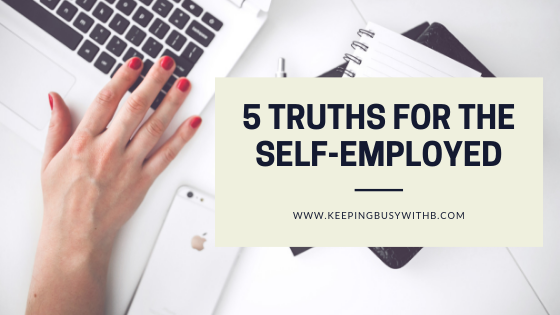

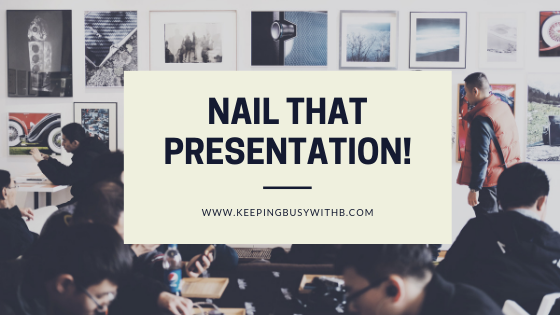


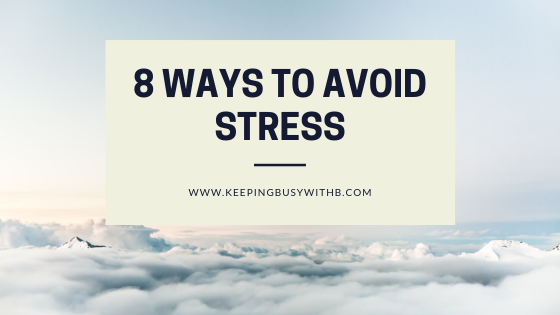 It may seem like a pipe dream, but I truly believe there are measures we can take to reduce the amount of stress in our lives. While we can’t always control what stresses us out, I’ve come to learn that exercising measures in what I like to call “stress prevention” can help me control my reaction to stressful events and stop fretting about the things that I cannot control. While I haven’t totally perfected my technique, here are some of the strategies I put into place to help me avoid stress:
It may seem like a pipe dream, but I truly believe there are measures we can take to reduce the amount of stress in our lives. While we can’t always control what stresses us out, I’ve come to learn that exercising measures in what I like to call “stress prevention” can help me control my reaction to stressful events and stop fretting about the things that I cannot control. While I haven’t totally perfected my technique, here are some of the strategies I put into place to help me avoid stress:
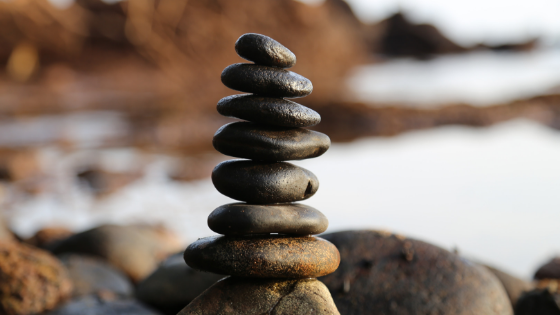
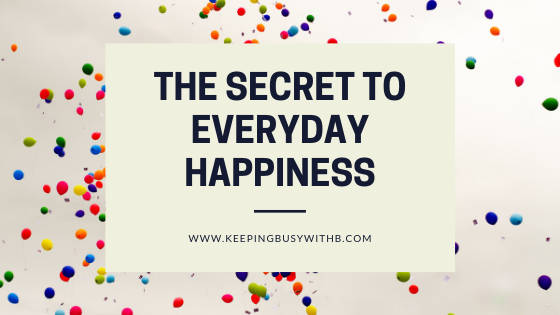 I recently celebrated a birthday and I’m not lying when I said I had a great day. I gave myself a day off of work and spent time with family and friends just relaxing and enjoying myself. It felt great.
I recently celebrated a birthday and I’m not lying when I said I had a great day. I gave myself a day off of work and spent time with family and friends just relaxing and enjoying myself. It felt great.